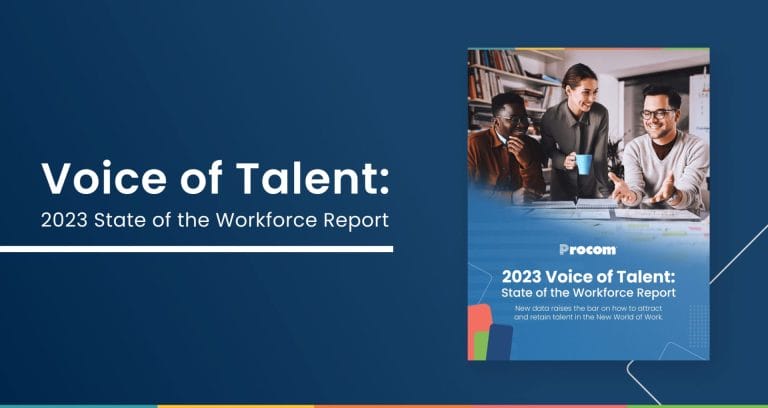In today’s remote ready work world, qualified candidates are available around the globe to digitally tap into immediate, current and future opportunities. It’s a competitive job market, and job seekers must ensure their resume evolves with employer expectations if they want their relevant skills and experience to be considered.
Because only 75 per cent of resumes get past the robots that first scan them for contextual relevance related to the job posting – before delivering the selected ones into the inbox of a hiring manager or recruiter.
They’re called Applicant Tracking Systems (ATS), and they’re the reason why even the most qualified of job seekers aren’t hearing back on their applications – if your resume and cover letter isn’t SEO’d with keywords from the job description, it won’t be read by the robot!
However, once a resume has been tailored to the job description to appease the ATS, it still must appeal to the hiring manager or recruiter reading it – and they have separate yet similar expectations.
Actions vs. Results resume
The bottom line: In the hiring process, employers aren’t looking for what actions you were responsible for in your previous roles, what employers want to see on a resume is the results you have achieved.
A results-orientated resume focuses on the quantitative accomplishments you achieved in a previous role or project. When job candidates structure their resume to be results-orientated, they are providing credible statements, with clear implications about their technical skills and soft skills, that future employers can measure against their business objectives.
Examples of Actions vs. Results statements in resumes
Regardless of the job title you’re applying for, every resume submitted must contain value-driven statements.
Below are examples of correct and incorrect resume statements for an Android Developer:
Action statements
An action statement on a resume will describe the duties you were responsible for.
Action-oriented examples:
1. Responsible for the development of XYZ company’s flagship Android app for download on Google Play.
2. Implemented push notifications for XYZ company’s mobile e-commerce app.
3. Designed loyalty, gamification and geolocation features for XYZ company’s app.
What’s missing?
None of the statements above demonstrate any added value to XYZ Company.
Results statements
An action statement will describe the accomplishments you achieved. Here are some concrete examples:
1. Developed and launched XYZ Company’s flagship app that maintains a 5–star rating on Google play with 20K+ downloads.
2. Developed push notifications for XYZ’s app, increasing usage of mobile e-commerce app by 35%.
3. Developed loyalty, gamification and geolocation features for XYZ Company’s app, improving customer retention by 15%.
What’s there?
Numbers! All of these statements above demonstrate the added value to XYZ Company with quantifiable achievements.
Value quantifiers
Quantitative statements can be made using numbers in:
• Percentages
• Budgets
• Time
• Portfolio, team or project size
• Locations
Where to include results-oriented statements in your resume
There are multiple areas within the body of the resume where candidates should include quantifiable figures:
• Headline (objective statements are obsolete)
• Work history & professional experience
• Awards and achievements
Showcase the job skills employers are looking for with impact
When it comes to resumes, employers are looking for a track record of success—and they want to see it through quantifiable results. That means using the first page of your resume to highlight relevant experience with measurable contributions, not just responsibilities.
Whether you’re a graduate listing your expected graduation date or a seasoned project manager detailing high-impact initiatives, the goal is to stand out by showing how you’ve added value.
Focus on results that demonstrate leadership skills, time management, research skills, and your ability to collaborate through strong interpersonal skills. Don’t forget to include detail where it matters—whether it’s personal projects, education, or achievements in a professional setting.
At the end of the day, employers quickly scan resumes for essential proof of your proficiency and potential. Your resume is a professional document, and one of its most important assets is your ability to articulate your impact. Show them not just what you’ve done, but what difference you’ve made.





